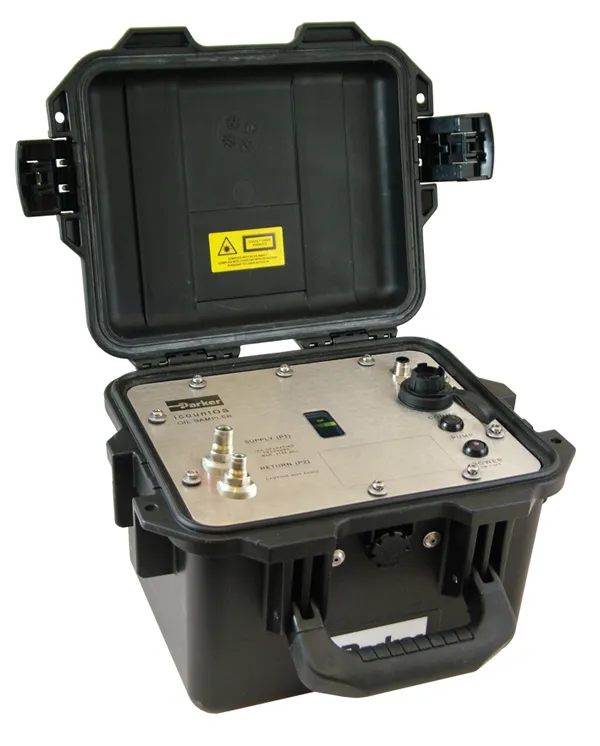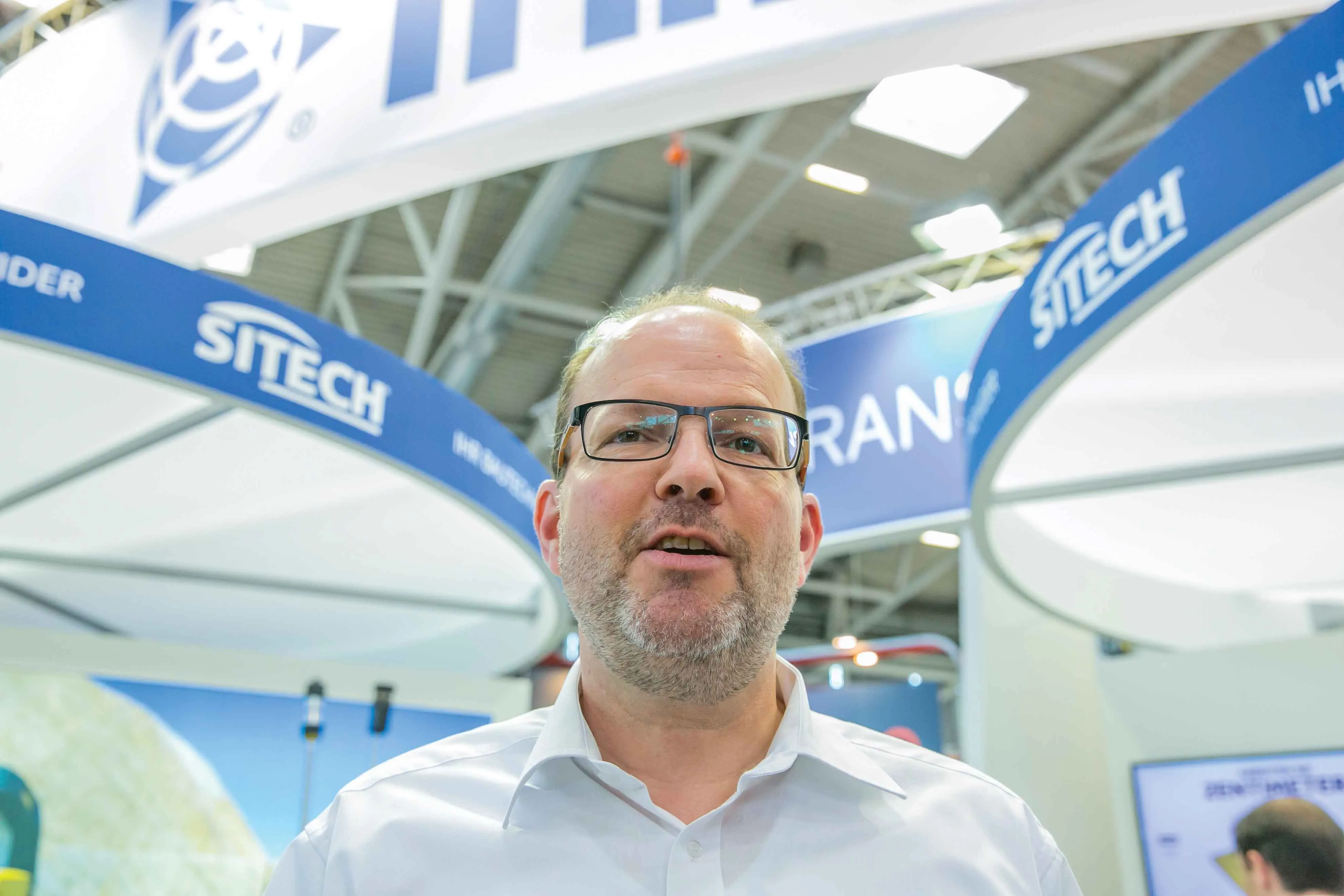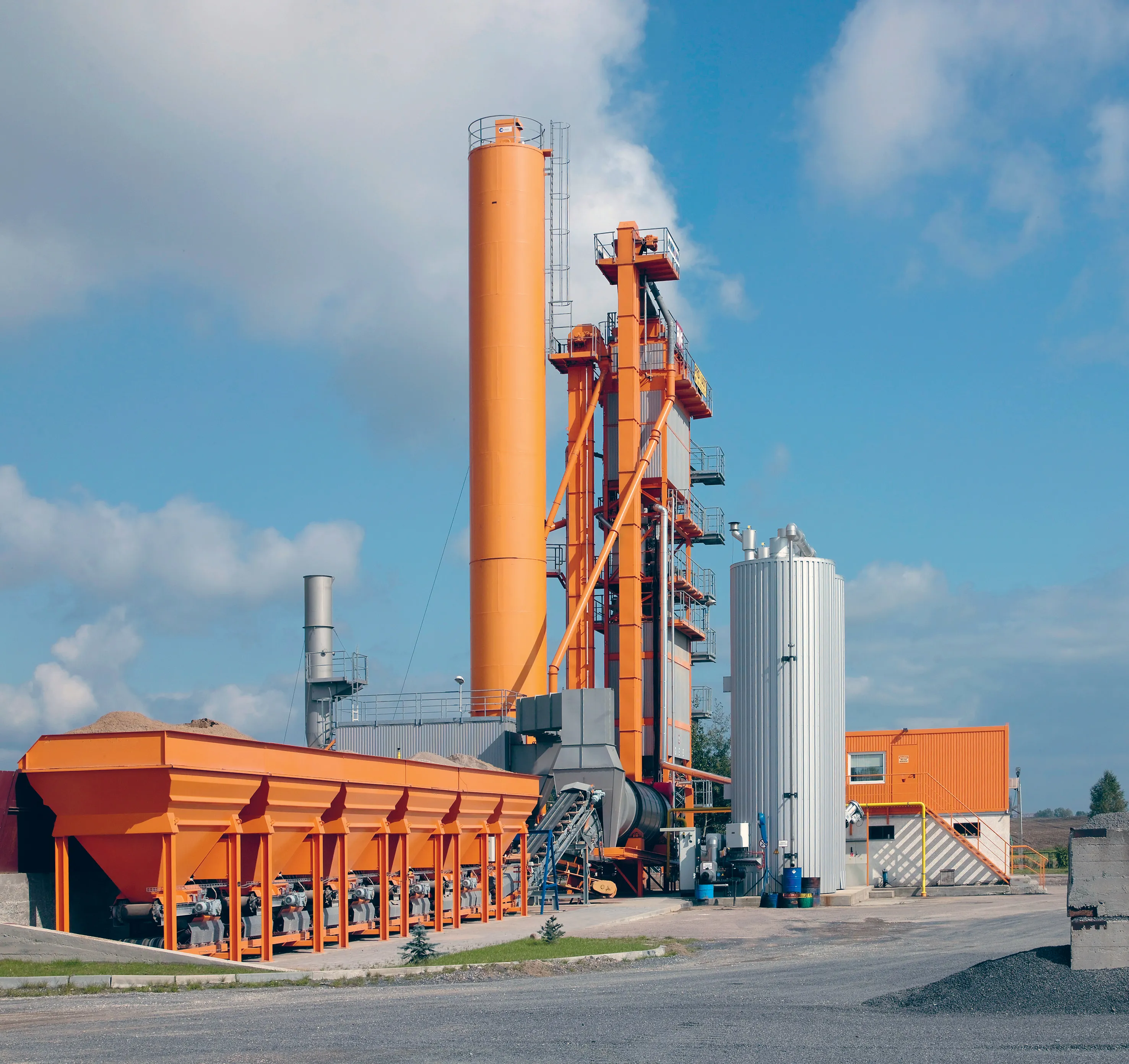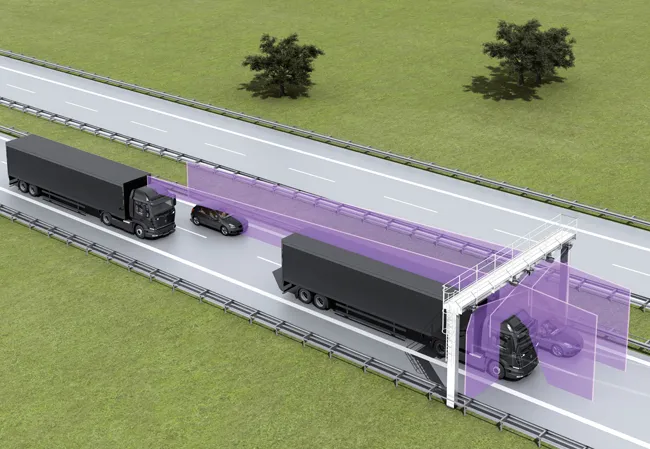Parker Hannifin has improved its range of icount online particle and moisture detectors. The firm now offers an innovative self-contained, portable device for measuring quality and cleanliness of hydraulic oils and fuels. Called the icountOS (Oil Sampler), this competitively priced system features a laser detection particle counter, battery and pump.
February 22, 2012
Read time: 2 mins

The unit is integrated to provide real time condition monitoring of fluids. The icountOS provides a compact, simple to setup and easy to use solution to warn of particle and moisture contamination in fluids. Available in three versions, for monitoring the quality of hydrocarbon fuels, and either offline or inline oil sampling, the new system is built to ISO standards and uses proven Parker laser particle detection to produce extremely accurate and repeatable results.
The icountOS is lightweight, robust and protected by a tough plastic case. There is also an optional pressure reduction attachment for online use, which can reduce the pressure of the process line to low pressure flow for using the device. The icountOS has a minimum sample time of three seconds and can be used at flow rates from
10-160mlitres/min and at line pressures from 2-420bar. The built-in memory enables up to 500 sets of test results to be stored for later download and trend analysis.









